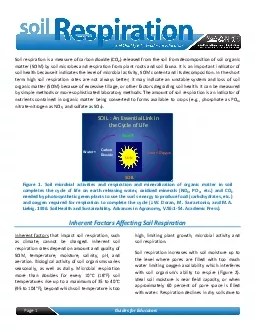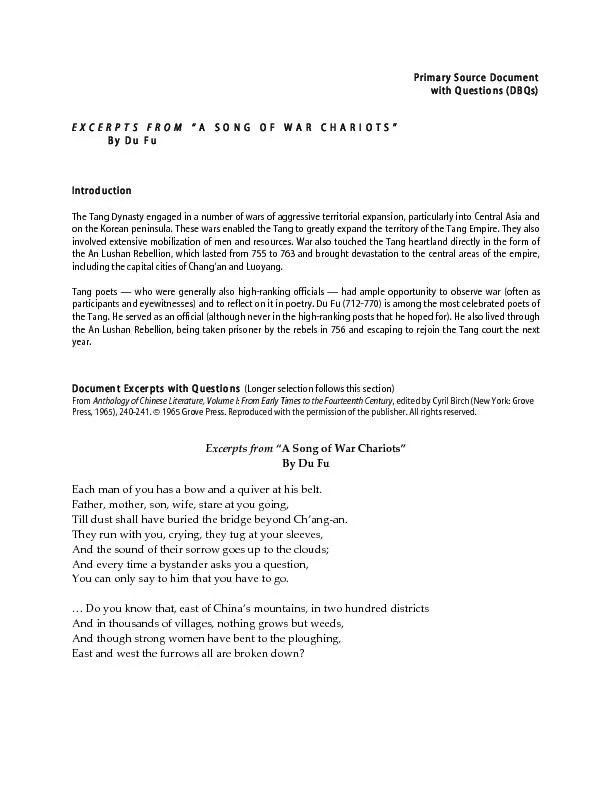PDF-Guides for Educators
Author : cady | Published Date : 2021-09-25
Page 1Soil respiration is a measure of carbon dioxide CO released from the soil from decomposition of soil organic matter SOM SOIL An Essential Link inthe Cycle
Presentation Embed Code
Download Presentation
Download Presentation The PPT/PDF document "Guides for Educators" is the property of its rightful owner. Permission is granted to download and print the materials on this website for personal, non-commercial use only, and to display it on your personal computer provided you do not modify the materials and that you retain all copyright notices contained in the materials. By downloading content from our website, you accept the terms of this agreement.
Guides for Educators: Transcript
Download Rules Of Document
"Guides for Educators"The content belongs to its owner. You may download and print it for personal use, without modification, and keep all copyright notices. By downloading, you agree to these terms.
Related Documents














